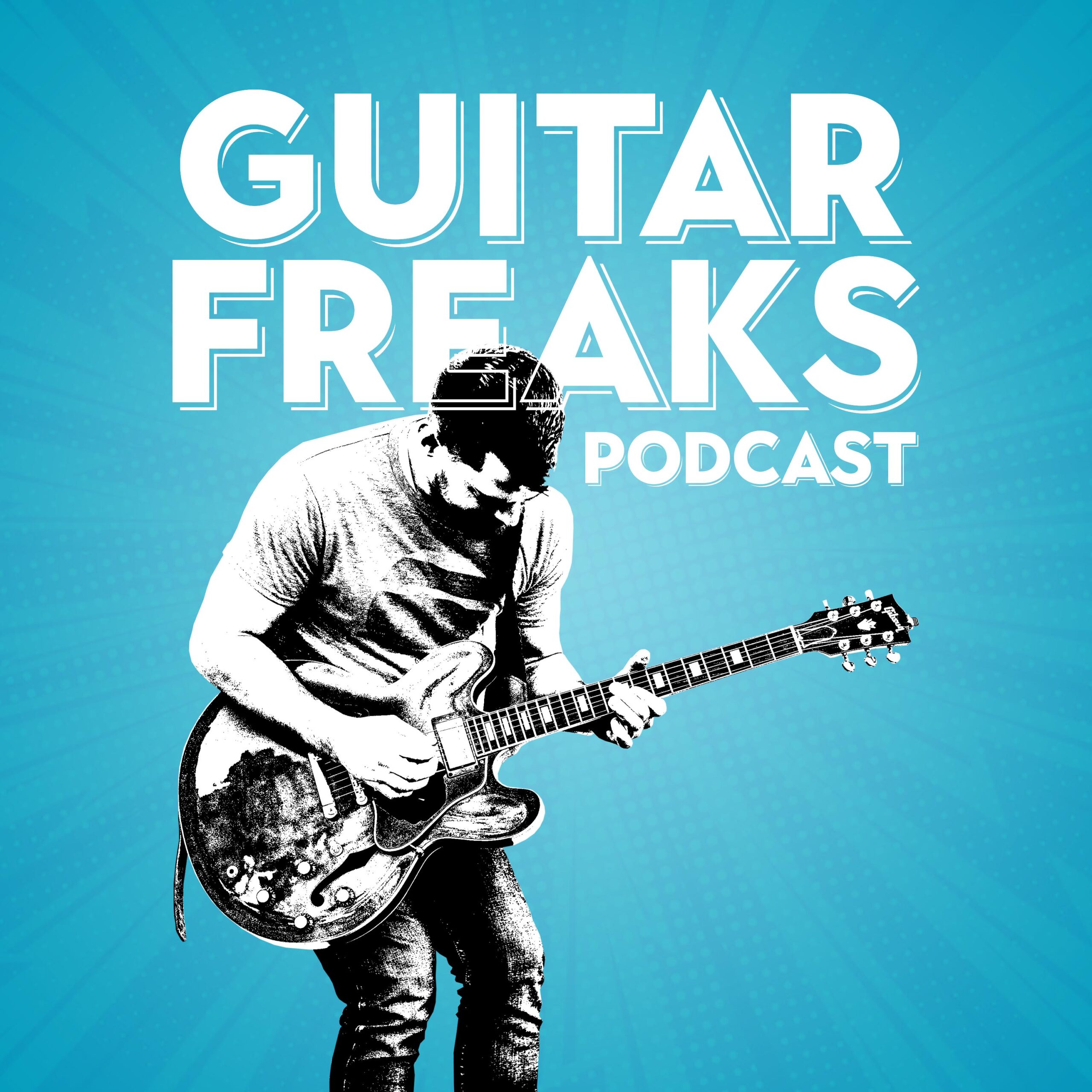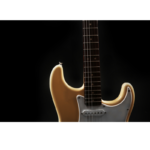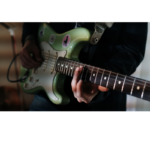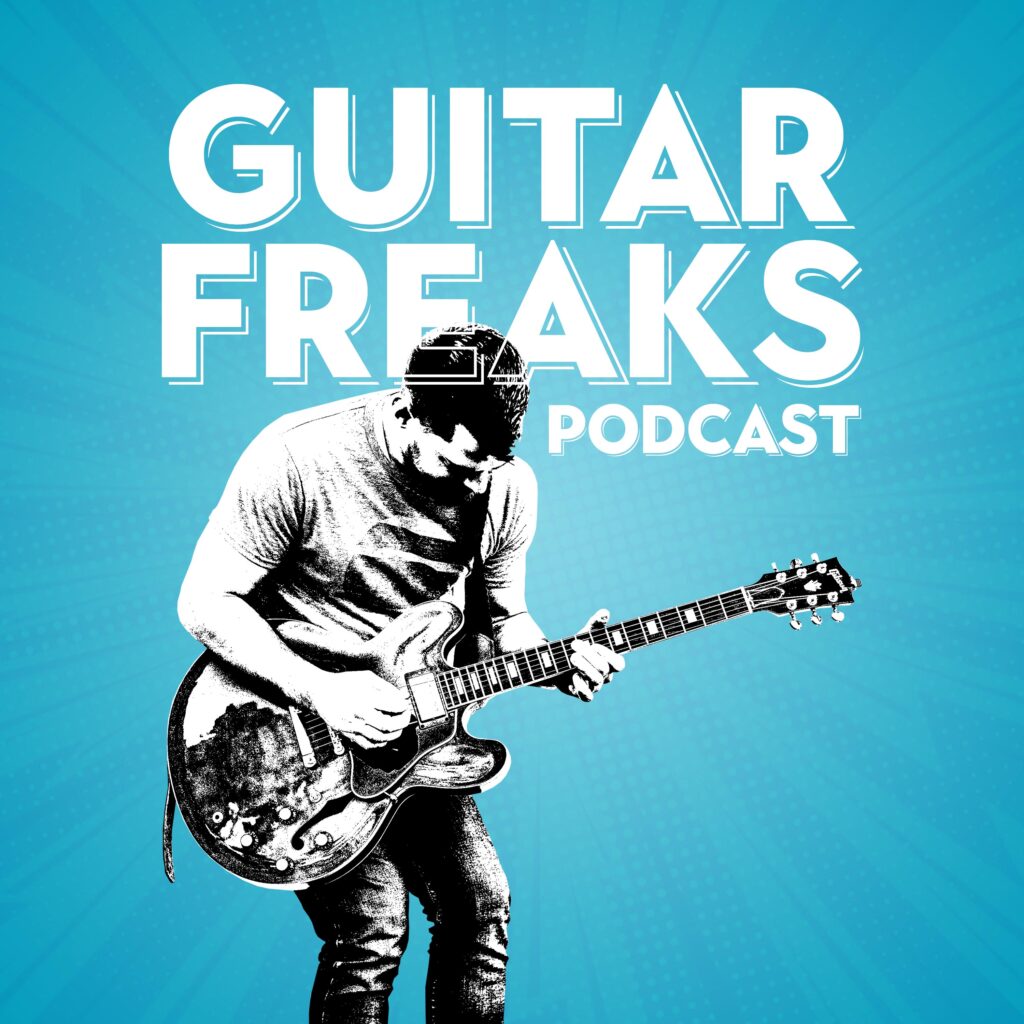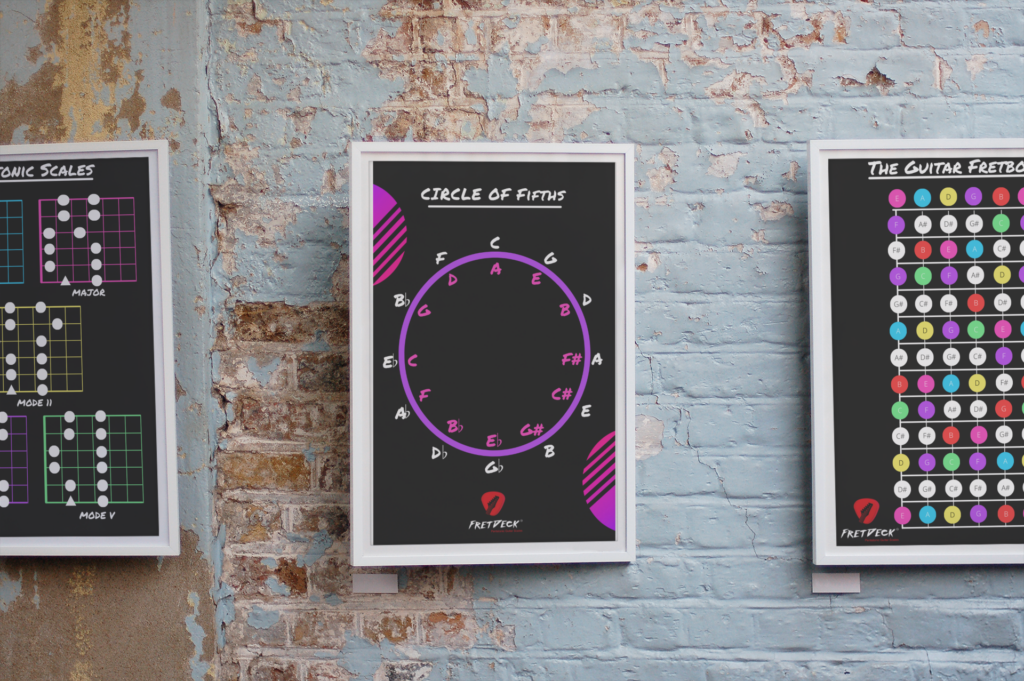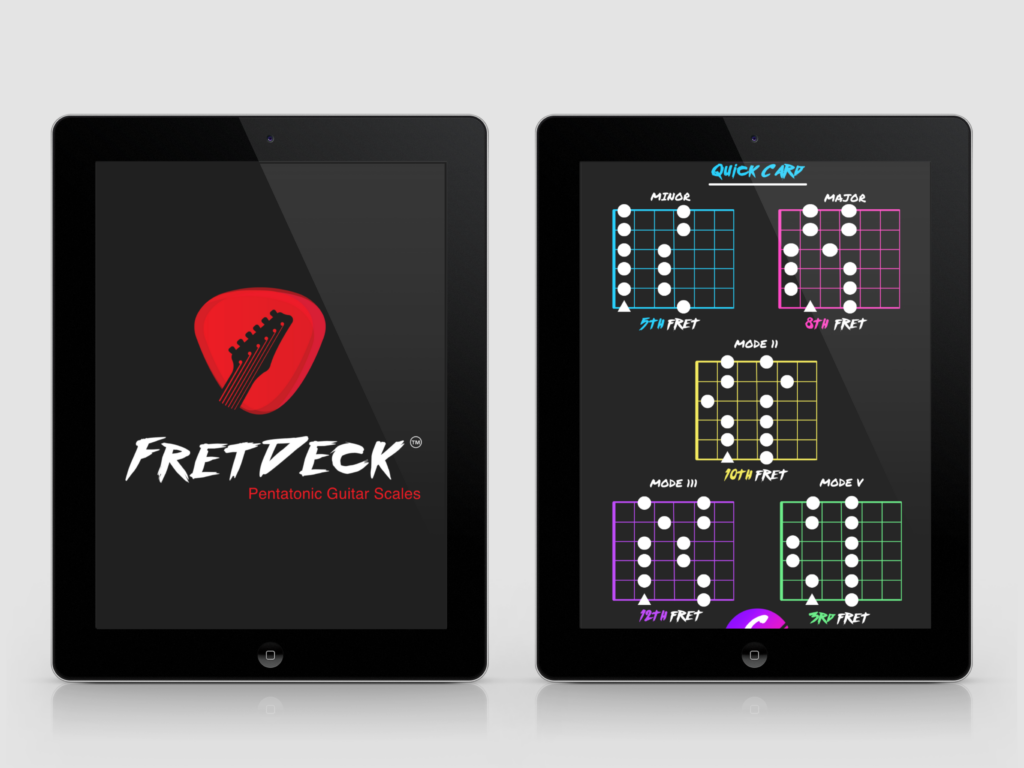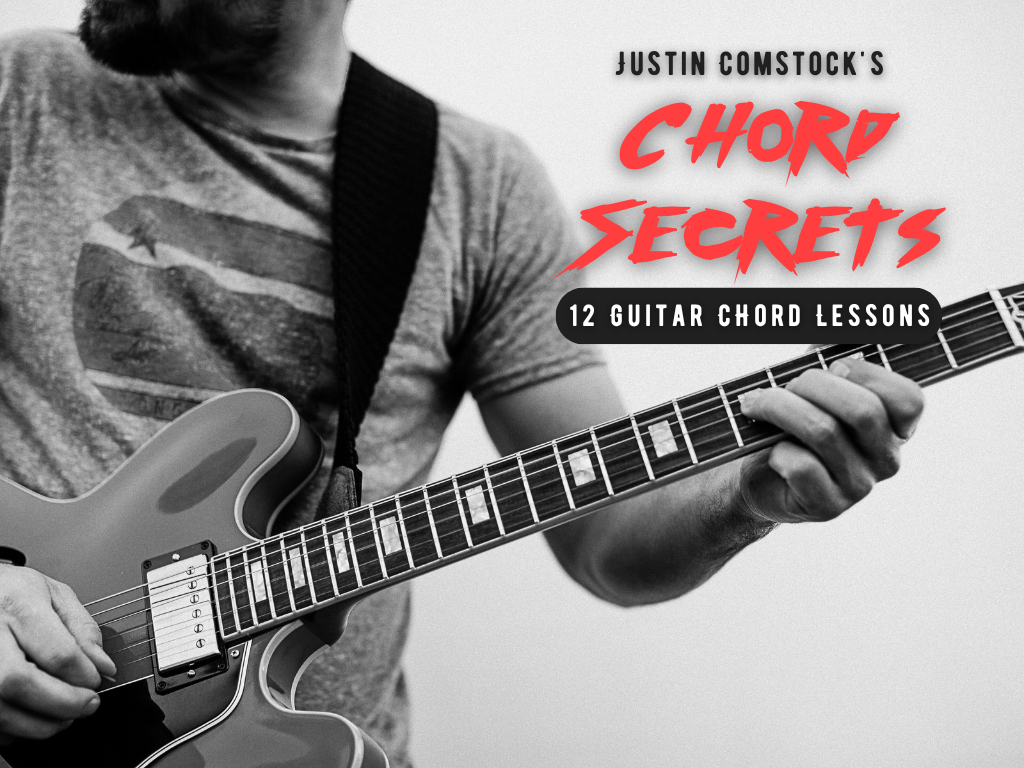There’s a magic moment when a guitarist first hears a jazz chord ring out—maybe it’s a lush major 7 floating over a brushed ride cymbal, or a chunky minor 9 dripping with bluesy tension. Jazz guitar chords aren’t just voicings. They’re moods. They’re movements. They’re entire scenes written into a single shape.
But learning jazz guitar chords can feel like trying to read a foreign language written upside down… underwater… with Charlie Parker flying overhead.
Let’s change that.
You don’t need to know every possible voicing before you sound good. You need a map, a few great shapes, and a little nudge in the right direction. That’s what this post is for.
So let’s plug in, tune up, and start exploring the guitar chords jazz players use every day—and how you can start making them your own.
What Makes a Jazz Chord?
Most people hear the word “jazz” and think: complicated.
But let’s simplify.
A jazz chord usually includes:
- 7ths (like major 7, minor 7, dominant 7)
- Extensions (9ths, 11ths, 13ths)
- Alterations (#9, b9, #11, b13)
- Smooth voice leading
But the good news?
You don’t need to play all of that to sound jazzy. You can build a jazz vibe with just a few go-to chords and some taste.
Here are 7 essential jazz chords that unlock the door:
1. Major 7
Why it matters: The major 7 chord is lush, clean, and the backbone of the jazz sound. It’s like the fresh-squeezed orange juice of chords.
Try this shape:
nginxCopyEditx32000
That’s a Cmaj7 in open position. Already sounds good, doesn’t it?
Now try this voicing:
nginxCopyEditx35453
A closed-position Cmaj7. Smooth and mellow.
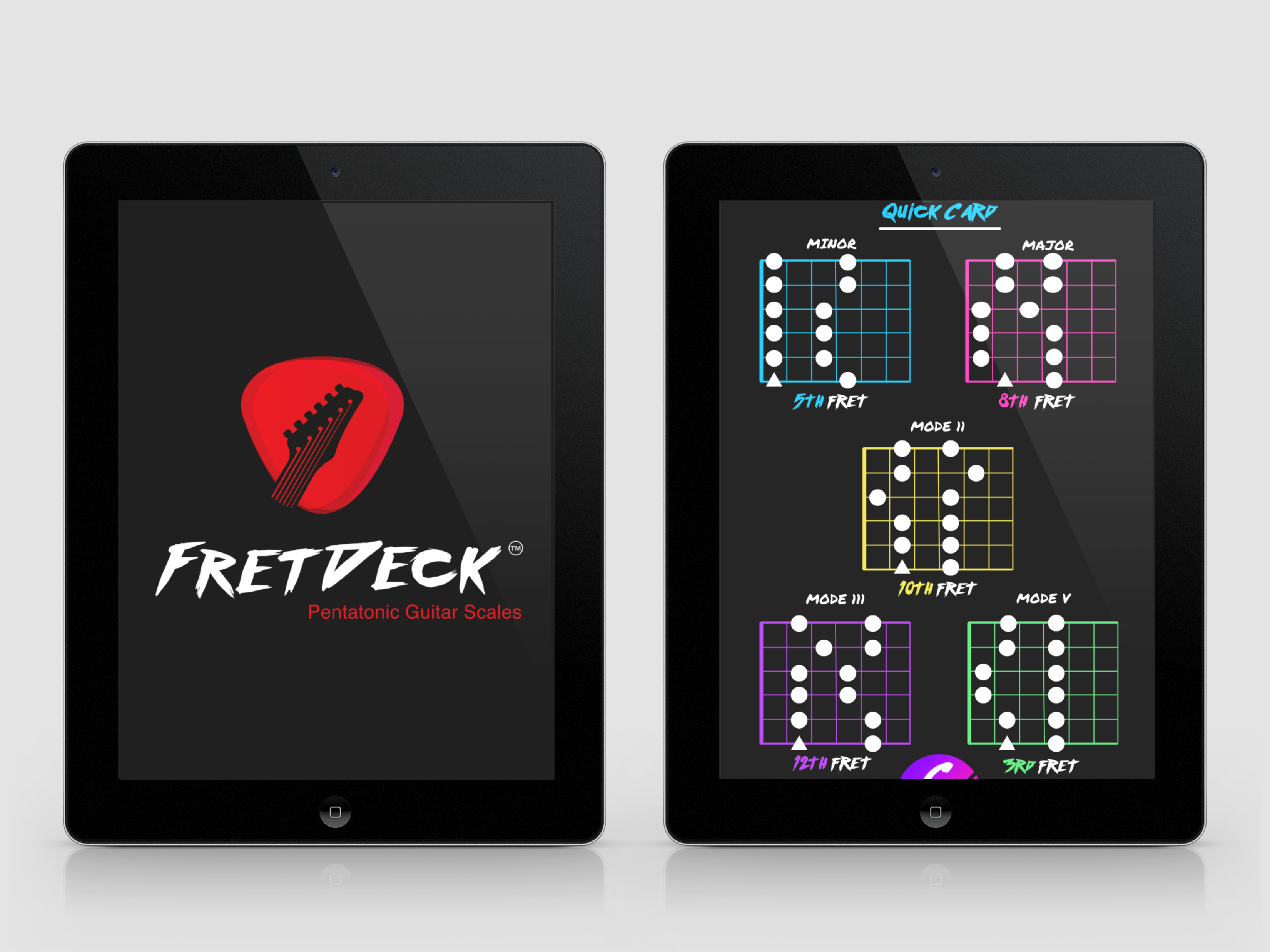
Download The FretDeck & Pentatonic Secrets Course!
Download Our Course
2. Minor 7
Why it matters: Minor 7 chords are the cooler cousin of minor chords. They feel soft, sultry, and are found in thousands of jazz standards.
Try this shape:
nginxCopyEditx02010
A minor 7 with open strings.
FretDeck Tip: Slide that shape up the neck, and you’ve got A#min7, Bmin7, and beyond.
3. Dominant 7
Why it matters: The dominant 7 is tension waiting for release. It leads, it pulls, it wants to go somewhere.
Try this moveable shape:
nginxCopyEditx32310
This is your classic C7. Perfect for that bluesy jazz sound.
Practice Prompt (from FretDeck: Progressions):
Play a II-V-I using Dmin7 – G7 – Cmaj7. That’s one of the most common chord progressions in jazz.
4. Minor 9
Why it matters: The minor 9 is rich. It adds spice to a standard minor 7 and gives your playing instant sophistication.
Try this shape:
nginxCopyEditx20202
A haunting Dmin9 voicing. Use it in a slow ballad or a lo-fi jam.
5. Major 9
Why it matters: Major 9 chords are dreamy. They float. They don’t shout—they whisper in technicolor.
Try this one:
nginxCopyEditx3243x
That’s a Gmaj9. Try moving it around and resolve it to a major 7.
6. Dominant 13
Why it matters: The 13 chord is your party chord. It’s playful, but still slick enough to hang in any jazz club.
Try this:
nginxCopyEditx35355
C13. Add this to a jazz blues and things instantly sound more evolved.
7. Diminished 7
Why it matters: This one’s slippery. It’s a transition, a bridge, a mysterious hallway in a Wes Montgomery solo.
Try this classic shape:
nginxCopyEditx2313x
That’s Edim7. Use it between chords to add mystery.
How to Practice Jazz Guitar Chords (Without Getting Overwhelmed)
If you’re like most players, you’ve probably opened a jazz chord chart, stared at a mess of numbers, and quietly closed the book.
We’ve all been there.
Here’s a better way:
▸ Step 1: Choose 3 Chords
Let’s keep it simple. Choose:
- One major 7
- One minor 7
- One dominant 7
Play them in a loop. Smoothly. Slowly. Focus on the sound of each change.
▸ Step 2: Add Extensions
Take those 3 chords and “upgrade” them to:
- Major 9
- Minor 9
- Dominant 13
Now we’re talking jazz color.
▸ Step 3: Make a Progression
Try this jazzy progression:
Amin9 – D13 – Gmaj9
Loop it.
Then loop it again.
And again.
If it sounds too good to stop… you’re doing it right.
What About Voice Leading?
Jazz isn’t just about what chords you play. It’s how they connect.
Voice leading means your chords flow. The notes inside them move in small, logical steps—no huge leaps or jumps.
Try this:
Cmaj7 → Cmaj9 → Cmaj13
Each chord adds one finger. That’s voice leading in action.
Jazz Progressions to Learn First
Here are 3 classic jazz chord progressions you should absolutely steal.
1. II – V – I
The gold standard of jazz.
Try in C major:
Dmin7 → G7 → Cmaj7
2. I – VI – II – V
A turnaround progression found in hundreds of jazz songs.
Try in G major:
Gmaj7 → E7 → Amin7 → D7
3. Blues in Jazz Form
Here’s a 12-bar jazz blues in Bb:
| Bb7 | Eb7 | Bb7 | Bb7 | | Eb7 | Edim7 | Bb7 | G7 | | Cmin7 | F7 | Bb7 | F7 |
(Yes, it’s beautiful.)
Want these mapped on flashcards? Get FretDeck: Progressions—you’ll get 52 jazz, soul, and blues progressions with chord diagrams on every card.
Jazz Guitar in the Real World
Let’s say you’re learning Autumn Leaves. You’ll see chords like:
- Em7
- A7
- Dmaj7
- F#dim7
- B7
You don’t need to know 1,000 voicings. You need to know a few and use them well.
The more you practice small chunks of jazz progressions, the more they embed into your muscle memory.
Make Jazz Chords Your Own
Don’t just copy shapes.
Create with them.
Try:
- Changing the bass note (slash chords)
- Leaving out the root (especially in a band setting)
- Adding little embellishments (hammer-ons, slides, pinky stretches)
How FretDeck: Progressions Helps
We built FretDeck: Progressions because most jazz chord books are too overwhelming.
Each card in the deck:
- Gives you a real jazz, soul, or blues progression
- Includes the chord diagrams
- Fits in your pocket
You’ll actually want to practice. And better yet—you’ll sound musical fast.
Get your hands on the deck and you’ll feel the difference.
➡️ Join the waitlist here or come hang out in our Discord Community.

Download The FretDeck & Pentatonic Secrets Course!
Download Our Course
Final Thoughts
Jazz chords are intimidating—until they’re not.
Start small. Play them slow. Fall in love with the sound. And let your curiosity pull you forward.
The more you play jazz chords on guitar, the more you’ll feel like you’re not just playing music… you’re painting with harmony.
See you in the FretDeck community.
🎸
Internal Link:
👉 Learn the 12 Most Useful Chord Progressions for Guitar
Outbound Link:
🔗 How to Play Jazz Chords by Justin Sandercoe
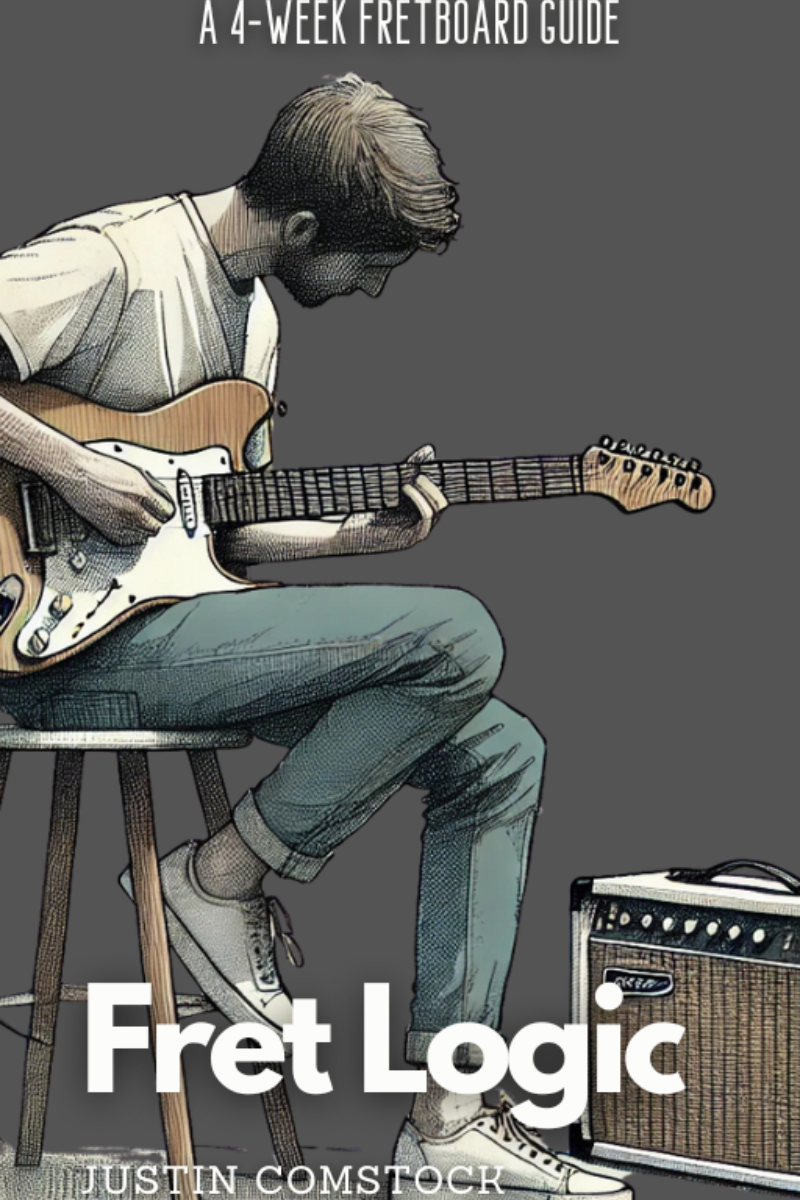
Join Guitar Freaks Hangout on Discord! 🎸
Get Fret Logic FREE!
Join the Guitar Freaks Hangout Discord and get exclusive access to my entire e-book, Fret Logic! Master the fretboard and elevate your solos with this comprehensive guide.
👉 Don’t miss out—join now and download your free copy!
